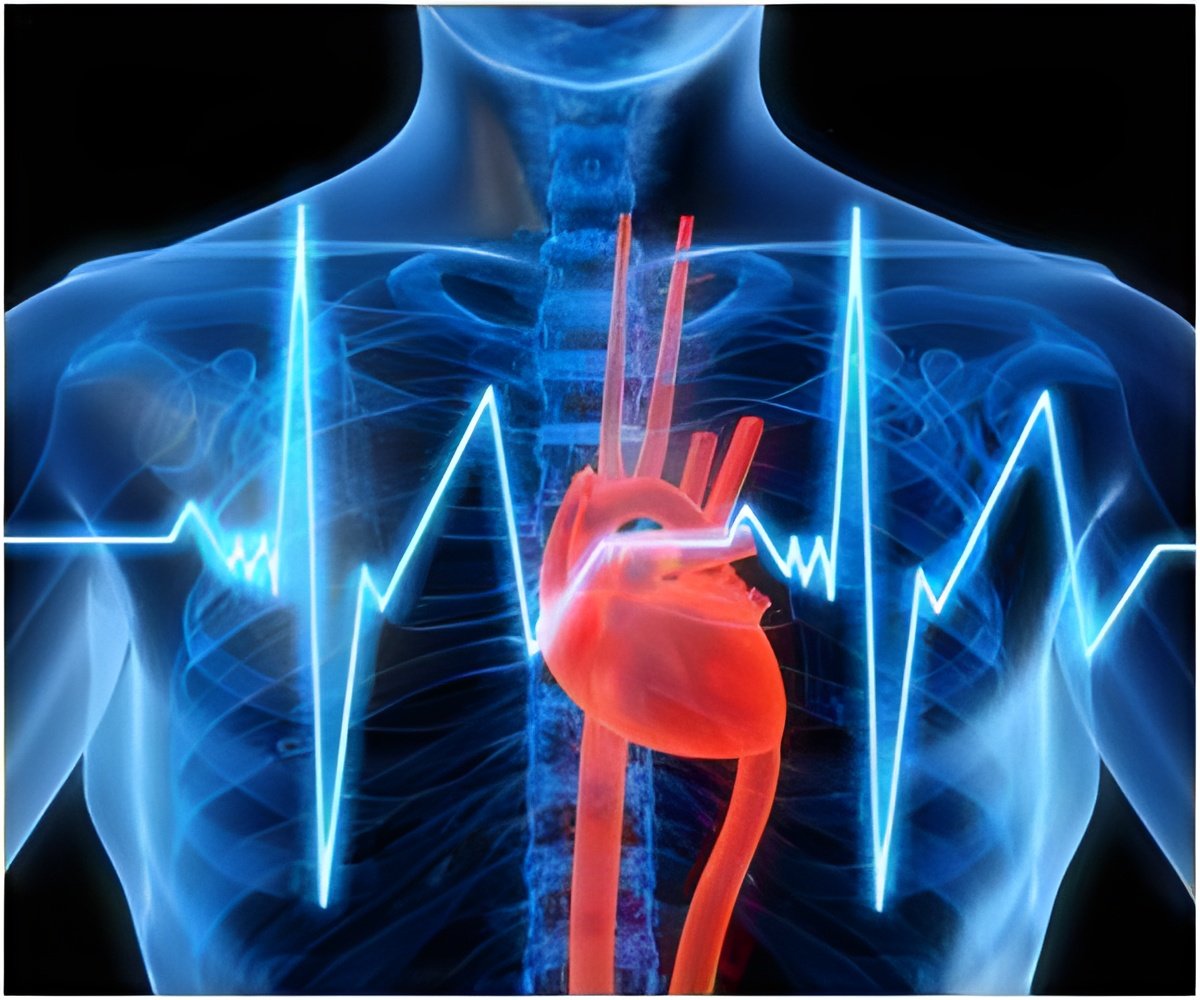
Dr. Sipahi, along with James Fang, MD, Director, Clinical Cardiovascular Services at UH Case Medical Center and Professor at Case Western Reserve University School of Medicine, investigated the treatment method known as cardiac resynchronization therapy (CRT). This highly sophisticated treatment technique involves pacing both ventricles of the heart in an attempt to correct the impaired synchrony during contraction of the heart.Sometimes also referred to as "biventricular pacing," CRT is a form of therapy for congestive heart failure that utilizes a special pacemaker to re-coordinate the action of the heart chambers.
The study is a combined analysis of clinical trials of nearly 6,000 patients and examines whether the current criteria used by the medical community in selecting patients for the treatment are appropriate.
Treatment guidelines endorsed by various professional societies recommend these pacemakers for patients with heart failure symptoms due to weak heart muscles that have a specific abnormality on the electrocardiogram (EKG) known as QRS prolongation. Current treatment guidelines recommend that heart failure patients with QRS prolongation to greater than 0.12 seconds should get these devices.
However, the new meta-analysis demonstrates that patients do not have a survival benefit or a reduction in hospitalizations from these pacemakers, unless their QRS is prolonged to greater than 0.15 seconds, a threshold much greater than the 0.12 second cutoff advocated in the treatment guidelines. Approximately 40 percent of patients receiving these devices have a QRS prolongation in the range of 0.12 to 0.15 seconds and do not get any benefit from pacemaker therapy according to the results of the new study.
"This study can have profound impact on minimizing unnecessary procedures" added Dr. Sipahi. "Revising the criteria for implantation of these devices will help avoid thousands of unnecessary implants and will also lead to cutting down on unwarranted costs."
Advertisement
Heart failure, especially at its advanced stages, is a deadly disease affecting approximately 6 million Americans. Annual costs related to heart failure approached $40 billion in 2010. The global CRT devices market is expected to reach at $2.8 billion by 2015 with the North American segment accounting for nearly 40 percent of the global value.
Advertisement
Source-Eurekalert















